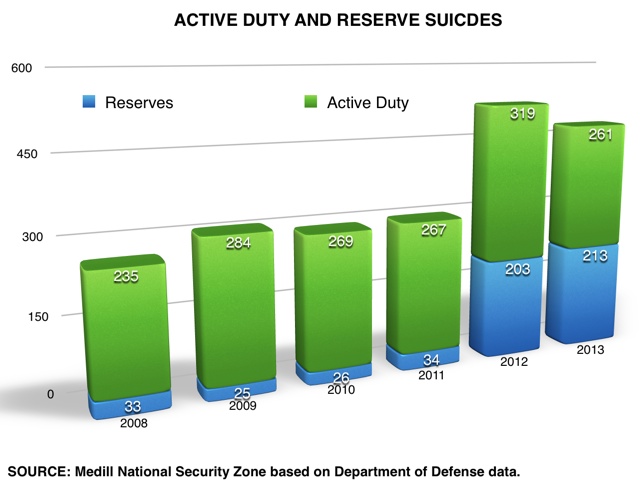
Seven installment lenders (red markers) and three title lenders (blue) right next to Fort Benning in Columbus, GA. (Three are clustered together at this zoom level). See the full map. (SOURCE: ProPublica)
How did a Marine staff sergeant wind up with an auto title loan with an effective annual interest rate of 400% when the 2007 Military Lending Act limited those loans to 36% maximum? Sgt. Levon Taylor borrowed $1,600 for 2-1/2 years; the Military Lending Act only capped loans of six months or less. Taylor was on the hook for nearly 11 times what he borrowed. He eventually defaulted and his vehicle was repossessed.
ProPublica last week used Taylor as an example in an investigation of how lenders have found various ways to work outside the Military Lending Act and dot the landscape outside many of the nation’s military bases.
“We have to revisit this,” said Sen. Dick Durbin, D-Ill., told ProPublica. “If we’re serious about protecting military families from exploitation, this law has to be a lot tighter.”
The Tyler case demonstrates the “ingenuity” of the lenders.
Tyler’s loan showcases other examples of lenders’ ingenuity. Attached to his contract was an addendum that offered a “Summer Fun Program Payoff.” While the loan’s official term was 32 months, putting it outside both South Carolina’s regulations and the Military Lending Act, the “Summer Fun” option allowed Tyler to pay off the loan in a single month. If he did so, he’d pay an annual rate of 110 percent, the addendum said.
Michael Agostinelli, the chief executive of Smart Choice’s parent company, American Life Enterprises, told ProPublica he wants his customers to pay off their loans early. “They’re meant to be short-term loans,” he said. He also said that customers who pay on time get “a big discount.” In Tyler’s case, he would have paid an annual rate of 192 percent if he had made all his payments on time.
The lenders says they are providing a necessary service for cash-strapped members of the military who need need fast help.
Potentially compounding the high-rate loan issue is the loss of security clearance that members of the military might face if they fall into financial trouble. “As a result, experts say, service members often avoid taking financial problems to their superior officers and instead resort to high-cost loans they don’t fully understand,” the story noted.
→ Read the full story.
 Penetrating the world of nuclear weapons is not as hard for a determined journalist as you might think – or as the government might like you to think. It is secretive but not inscrutable.
Penetrating the world of nuclear weapons is not as hard for a determined journalist as you might think – or as the government might like you to think. It is secretive but not inscrutable.




 While 89 percent of military sexual assault investigations reviewd by the Department of Defense Inspector General’s office met standards, 11 percent had “significant deficiences,” a summary of the investigation’s findings that was just released shows. (
While 89 percent of military sexual assault investigations reviewd by the Department of Defense Inspector General’s office met standards, 11 percent had “significant deficiences,” a summary of the investigation’s findings that was just released shows. (